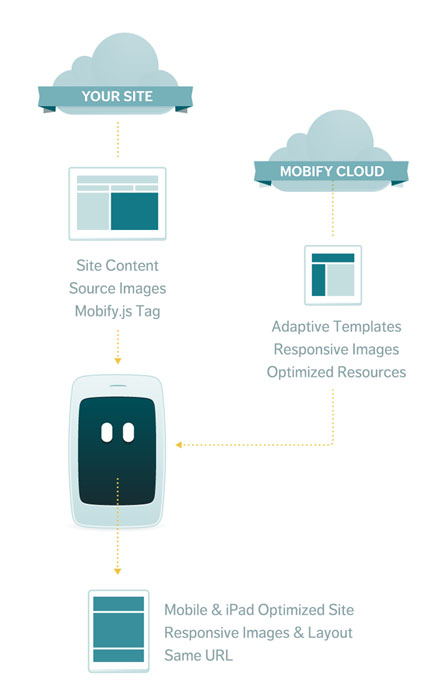

- #4.4.2 app data jotspot how to
- #4.4.2 app data jotspot portable
- #4.4.2 app data jotspot code
- #4.4.2 app data jotspot password
And folks who can't get the carriers' dedicated wireless internet plans may still find they fall back on hotspots. Vacation home and RV owners might also use hotspots for their roaming, part-time homesteads. Now, food trucks and other outdoor-dwelling small businesses use hotspots to light up their POS systems and get their Seamless orders. So, who's using hotspots, for now? Before COVID-19, it was road warriors-business people who need reliable connections on the go that support multiple devices and don't drain their phones' batteries. AT&T (Opens in a new window), T-Mobile, and Verizon (Opens in a new window) all sell wireless home internet in various parts of the country, along with a wide range of smaller, local wireless internet service providers (WISPs). Recent wireless-internet plans are more likely to have truly unlimited data than hotspot plans.
#4.4.2 app data jotspot portable
It relies on larger, less portable routers that generally stay in one location. There is such a thing as wireless home internet, however, and it's differently from hotspots. But if they do, you are going to quickly run up against those data bucket limits. So, if your needs don't involve video or music streaming, a wireless hotspot may be a viable alternative for your home. All of those Zoom calls for work and school are likely to eat up a data cap quickly, as well. The median US home broadband subscriber uses more than 355GB of data per month (Opens in a new window), mostly because of video streaming services such as Hulu and Netflix. They cost much more per byte than a home DSL or cable setup. Hotspot plans aren't designed for primary home use.
#4.4.2 app data jotspot how to
#4.4.2 app data jotspot code
Authorization Code Redirection URI Manipulation. Defining New Authorization Endpoint Response Types.
#4.4.2 app data jotspot password
Resource Owner Password Credentials Grant. The Trust Legal Provisions and are provided without warranty asġ. Include Simplified BSD License text as described in Section 4.e of Code Components extracted from this document must Please review these documentsĬarefully, as they describe your rights and restrictions with respect This document is subject to BCP 78 and the IETF Trust's Legal Information about the current status of this document, any errata,Īnd how to provide feedback on it may be obtained atĬopyright (c) 2012 IETF Trust and the persons identified as the Internet Standards is available in Section 2 of RFC 5741.

Internet Engineering Steering Group (IESG). Received public review and has been approved for publication by the It represents the consensus of the IETF community. This document is a product of the Internet Engineering Task Force This is an Internet Standards Track document. Specification replaces and obsoletes the OAuth 1.0 protocol described Third-party application to obtain access on its own behalf. The OAuth 2.0 authorization framework enables a third-partyĪpplication to obtain limited access to an HTTP service, either onīehalf of a resource owner by orchestrating an approval interactionīetween the resource owner and the HTTP service, or by allowing the Internet Engineering Task Force (IETF) D.


 0 kommentar(er)
0 kommentar(er)
